Standley Chasm: The Majestic Heart of Central Australia
In the heart of Australia’s Red Centre sits Uluru (Ayers Rock), one of the world’s most famous natural wonders. This massive sandstone monolith in Uluru-Kata Tjuta National Park is a UNESCO World Heritage Site and a very sacred and special place for the Anangu people, the traditional owners of the land. An Uluru tour is not just about visiting the rock itself – it’s about the rugged landscapes, sacred sites and vast desert of Central Australia.
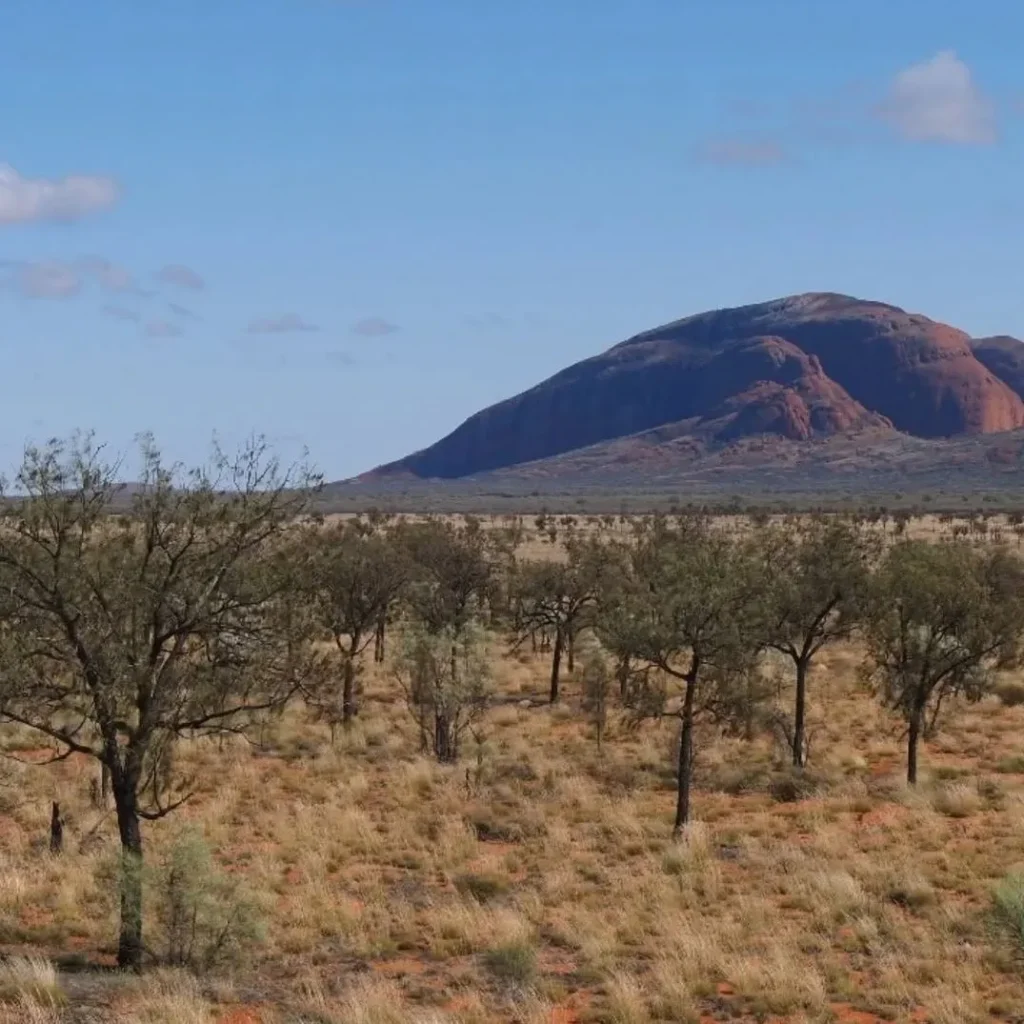
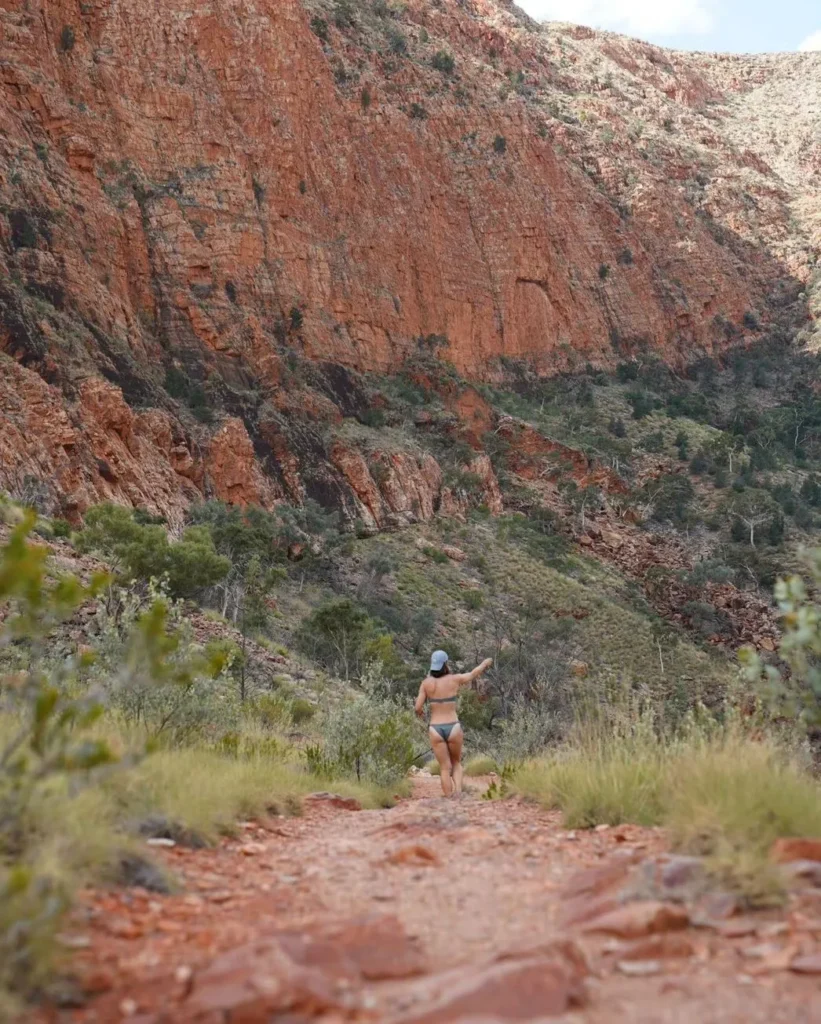
Whether you’re walking the Larapinta Trail, soaking in Ormiston Gorge or gazing at the ancient rock formations of Simpsons Gap, Uluru and the surrounding areas have an adventure full of natural wonders, indigenous culture and breathtaking views. This article covers all aspects of an Uluru tour – guided tours to remote camping experiences and everything in between – and key destinations like Alice Springs, West MacDonnell Ranges and Kata Tjuta. Let’s get into how you can make the most of your trip to the middle of Australia’s Red Centre.
Why Uluru and its surrounds?
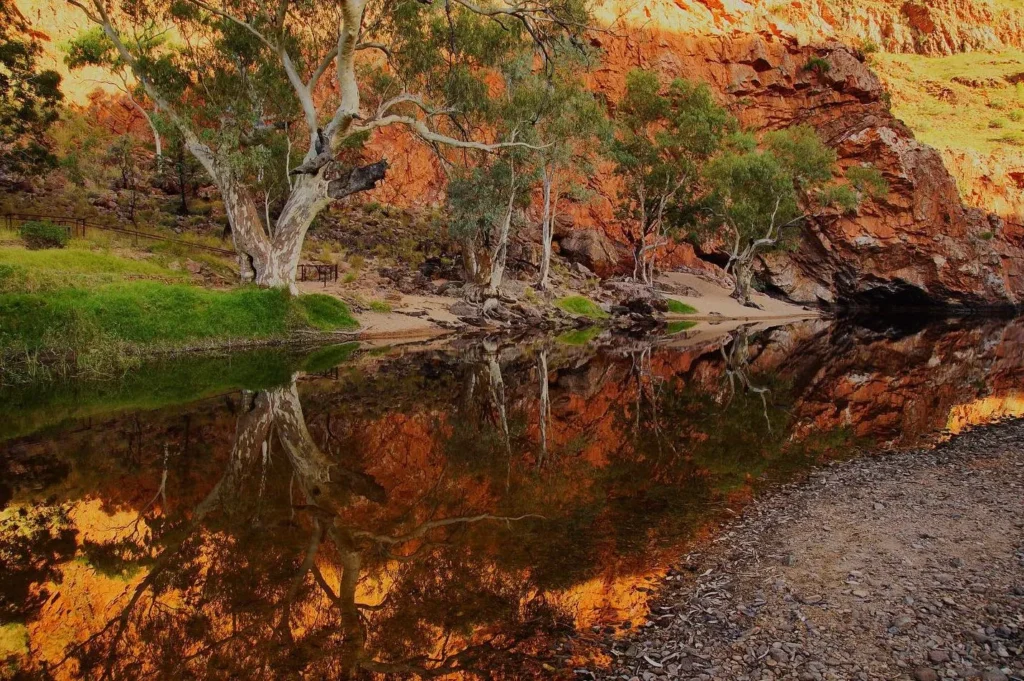
Uluru is more than just a natural wonder; it’s a place of deep cultural significance to the Anangu people. Tours to Uluru and surrounding attractions give visitors the chance to learn more about Aboriginal culture, see ancient rock art and visit sacred sites that have been important for thousands of years. The natural beauty of the area is just as impressive – panoramic views of rugged landscape, deep gorges and tranquil waterholes. The West MacDonnell Ranges and other nearby landmarks are just as amazing, so Uluru tours are an outback adventure to remember.
Uluru Tour Destinations and Experiences
Guided Sunrise and Sunset Tours
Watching the colours change in Uluru at sunrise and sunset is the highlight of an Uluru tour. As the sun hits the rock the colours shift from deep reds and oranges to purples and pinks. Guided tours at these times give you stunning views and an understanding of the geology and spirituality of the area.
You’ll learn about Tjukurpa, the Anangu law and the stories of the sacred sites around the base of Uluru. Many tours also visit Kata Tjuta (the Olgas), where you can walk through Walpa Gorge and get a broader understanding of the area’s culture and environment.
Base Walk Around Uluru
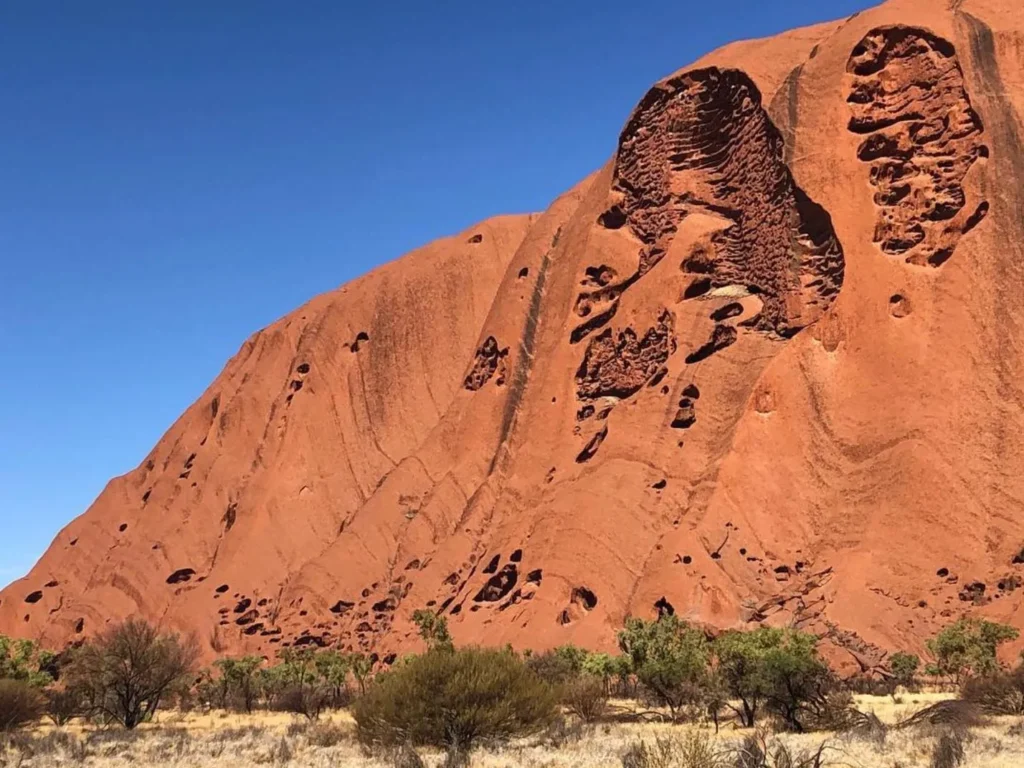
The Base Walk is the best way to get up close to the rock. This 10.6km loop takes you to several hidden areas, including ancient rock walls with Aboriginal rock art, permanent waterholes and sacred sites that show the depth of the Indigenous culture. Along the way, you’ll see the stark contrast between the rocky outcrops of Uluru and the flat, endless desert landscapes that stretch for miles around.
A base walk is perfect for those who want to understand both the physical formation and the cultural history of Uluru. Guides will tell you about the natural beauty, flora and fauna and the stories of the land that have been passed down through generations.
Larapinta Trail
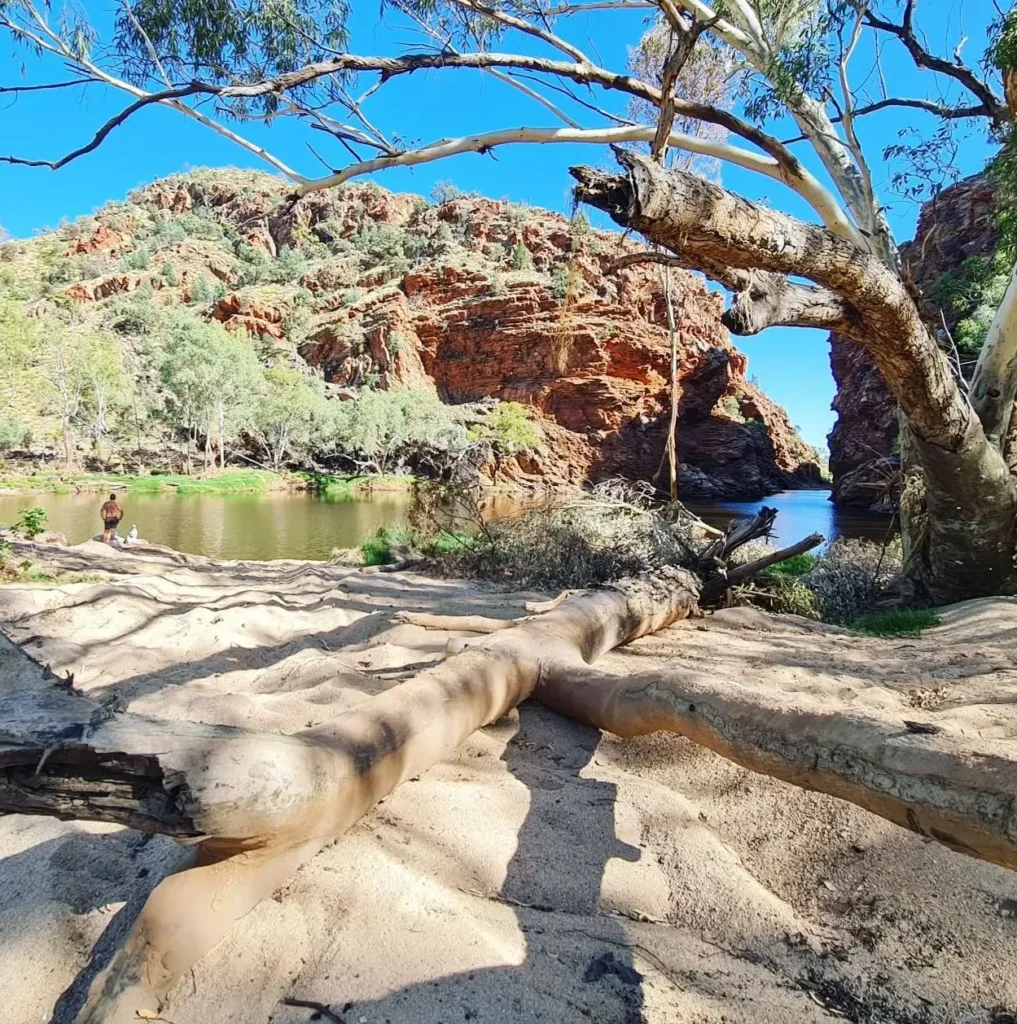
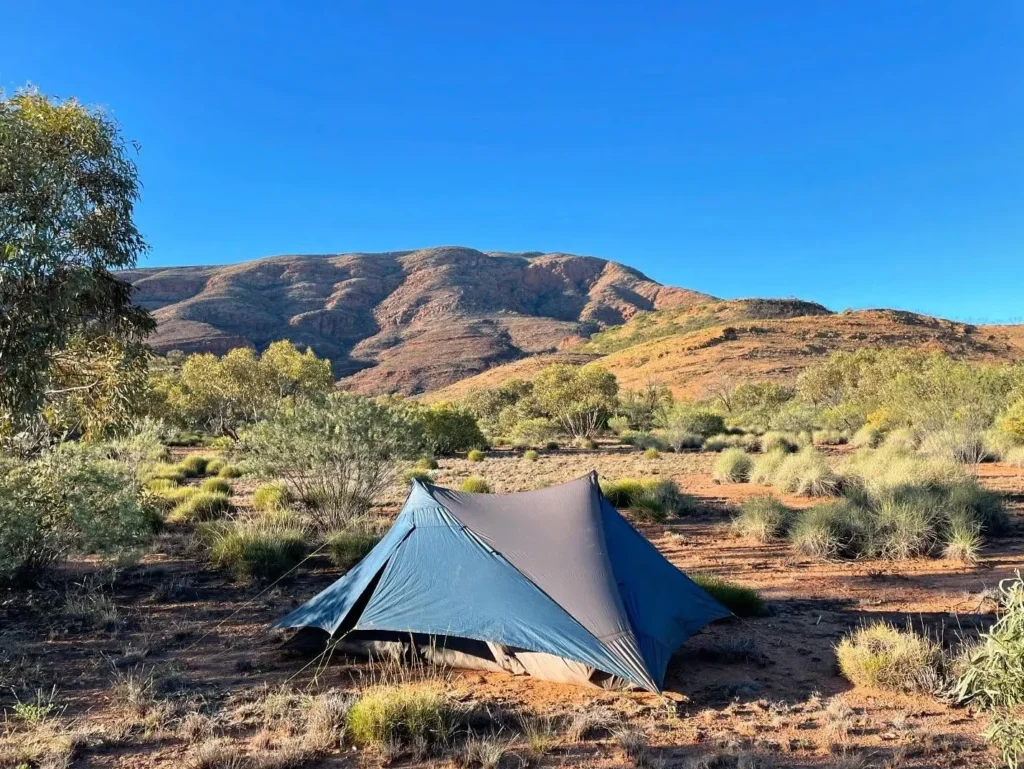
For those who want to get off the beaten track, the Larapinta Trail in the West MacDonnell Ranges is one of Australia’s greatest hikes. The trail stretches over 230km, through rough country, uneven terrain and along ridges with stunning views of the old landscape. Key stops along the way are Ormiston Gorge, Serpentine Gorge, Ellery Creek Big Hole and Redbank Gorge, all of which have beautiful waterholes and geological formations that have been shaped over millions of years.
Whether you choose a shorter section of the trail, like the day walk to Euro Ridge or a multi day trek, you’ll see diverse wildlife, stunning views and opportunities to immerse yourself in culture. Many tours along the Larapinta Trail include eco-friendly accommodation, such as safari style tents, hot showers and heated dining shelters at exclusive campsites like Nick’s Camp.
Alice Springs and West MacDonnell Ranges
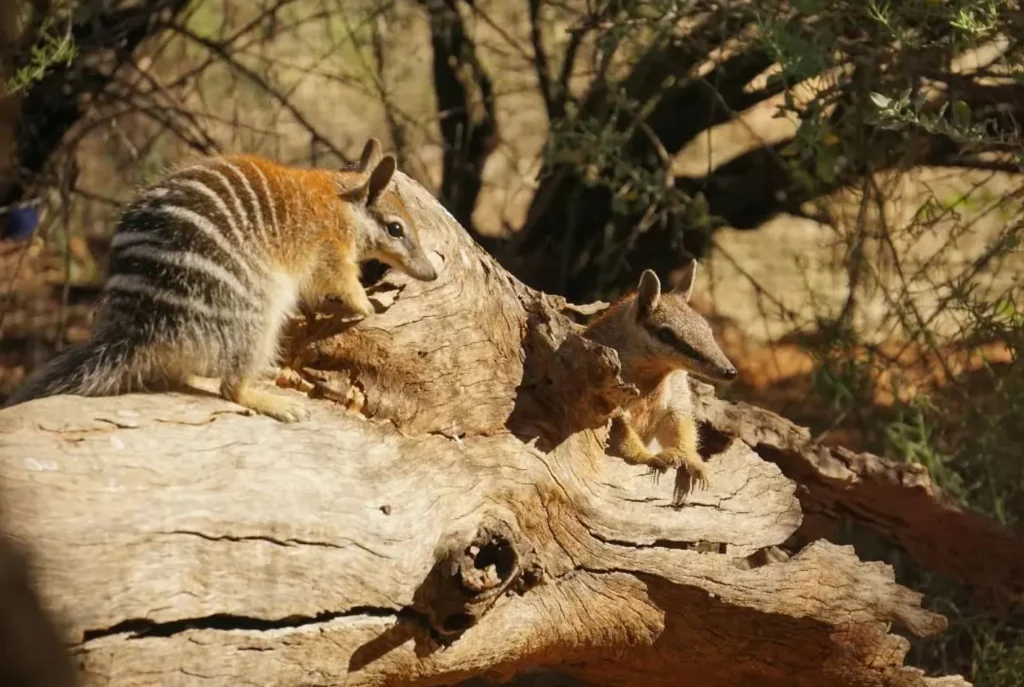
Most Uluru tours start in Alice Springs, a lively outback town that is the entrance to the Red Centre. Here, you can visit the Alice Springs Telegraph Station, an important part of Australia’s communication history and the Alice Springs Desert Park, where you can learn about the flora, fauna and Aboriginal culture of the area.
The West MacDonnell Ranges have many natural attractions, including Simpsons Gap, Glen Helen Gorge and Serpentine Gorge, which are great for day trips and walks. These gorges offer views and an introduction to the arid landscapes of the Red Centre. Ellery Creek Big Hole is one of the best swimming spots in the area, a refreshing oasis among the rock formations.
For a more in depth experience, multi day tours through the West MacDonnell Ranges often include stays in eco-camps with camp toilets, hot water and comfortable accommodation such as stretcher beds and foam mattresses under canvas. These camps are a real outback experience while being environmentally sustainable.
Cultural and Nature Experiences
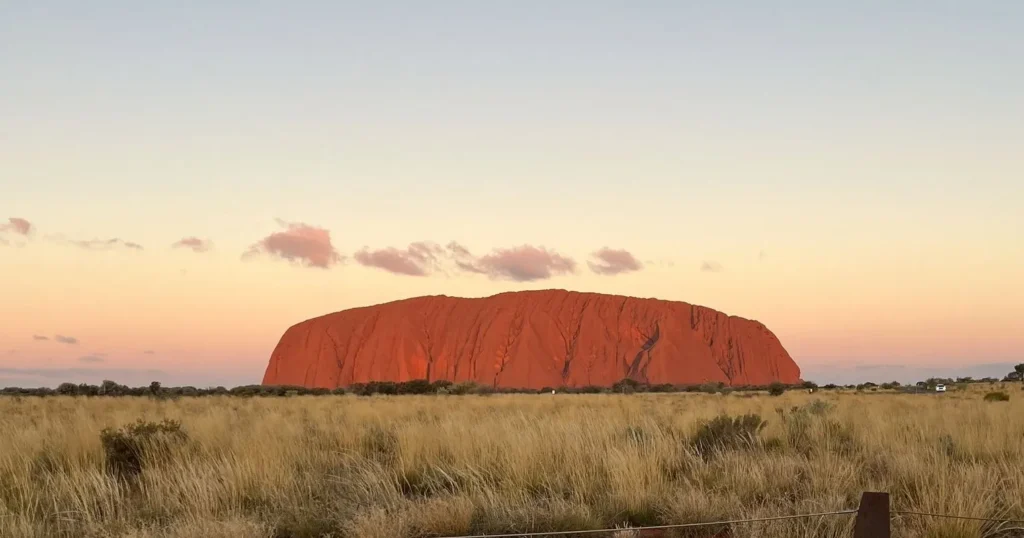
Along with visiting natural icons, many Uluru tours include cultural experiences that connect with the Anangu culture and history. Indigenous guides share their knowledge of the land, their stories and their way of life.
You’ll also visit Watarrka National Park and see Kings Canyon, where you can walk among ancient cycads and rugged outcrops and take in the views of the canyon. Then, explore Palm Valley in the Finke Gorge National Park and see the towering palms and beautiful landscapes shaped by millions of years of erosion.
More to See and Do at Uluru
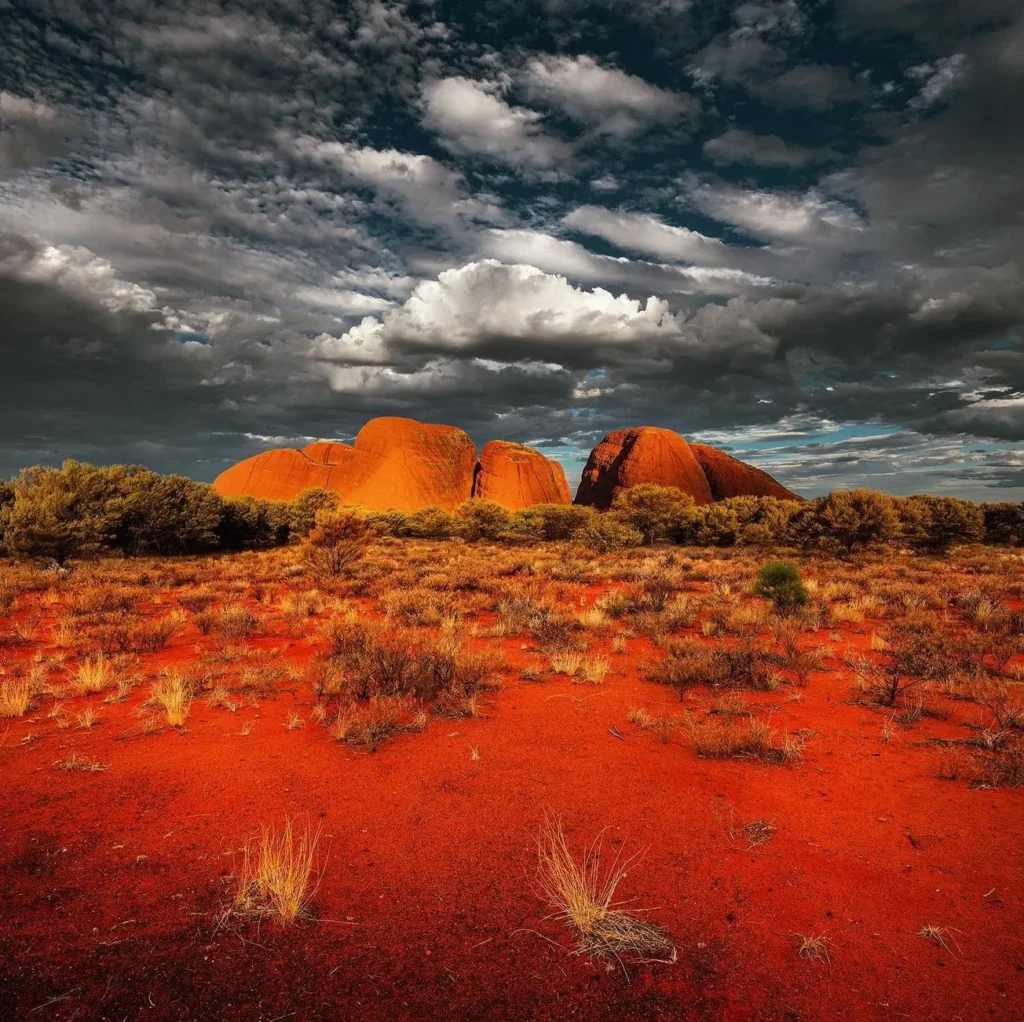
- Camel Tours: For a different perspective, ride a camel across the dunes at sunrise or sunset. This ancient mode of transport allows you to see the Red Centre from a new angle as you slowly move across the rugged landscape.
- Scenic Flights: For the best views of Uluru, Kata Tjuta and the national park book a helicopter or plane flight. These tours give you a bird’s eye view of the Australian outback and allow you to take in the natural beauty and ruggedness of the land below.
- Camping: Camping under the stars is a must-do on any Uluru camping tour. Many tours offer exclusive camping with Shower Tents, camp toilets and eco-friendly practices. You can also enjoy hot drinks and hearty meals around the campfire and connect with the laThe best time to visit is during the cooler months, May to September, when it’s warm enough to hike and do outdoor activities.d and its ancient culture.
Best Time to Visit
The best time to visit is during the cooler months, May to September when it’s warm enough to hike and do outdoor activities. This is when the desert is at its best, wildflowers are blooming, and wildlife is active. Don’t forget to bring plenty of drinking water, sunscreen and a head torch for night walks, as the desert can be harsh and beautiful.
Conclusion
An Uluru tour is more than just visiting Ayers Rock – it’s an experience that gets you to the heart of Central Australia. From the spiritual Uluru and Kata Tjuta to the natural beauty of the West MacDonnell Ranges and the culture of the Anangu people, every part of this journey will leave a mark. Whether you’re hiking the Larapinta Trail, looking at the rock formations of the Simpsons Gap or camping under the stars, an Uluru tour will open your eyes to the beauty and heritage of this old land.
FAQ
How long should I allow for an Uluru tour?
For a full experience, allow 3 to 4 days to visit Uluru, Kata Tjuta and the surrounding areas. This allows time for cultural tours, the base walk and day trips to Kings Canyon and Simpsons Gap.
What fitness level do I need for the Larapinta Trail?
The Larapinta Trail has options for all fitness levels. Some sections like the climb up Razorback Ridge are moderate to high fitness, while other sections are shorter and easier for most people. Just remember to stay hydrated and be prepared for uneven ground.
What is the cultural significance of Uluru?
Uluru is spiritually significant to the Anangu people who believe the rock and surrounding areas were created by ancestral beings. Many of the sacred sites around Uluru are connected to the Anangu’s Tjukurpa (creation stories), and visitors are asked to respect these traditions.
Can I visit other places during an Uluru tour?
Yes, many tours visit nearby attractions such as Kata Tjuta, Kings Canyon, Palm Valley and the West MacDonnell Ranges. These places are beautiful and have rich indigenous culture and adventure and relaxation.
What to bring?
Lightweight clothing, walking shoes, hat, sunscreen, water and a camera. If you’re on a multi-day trek, bring a sleeping bag, hiking poles and other camping gear.